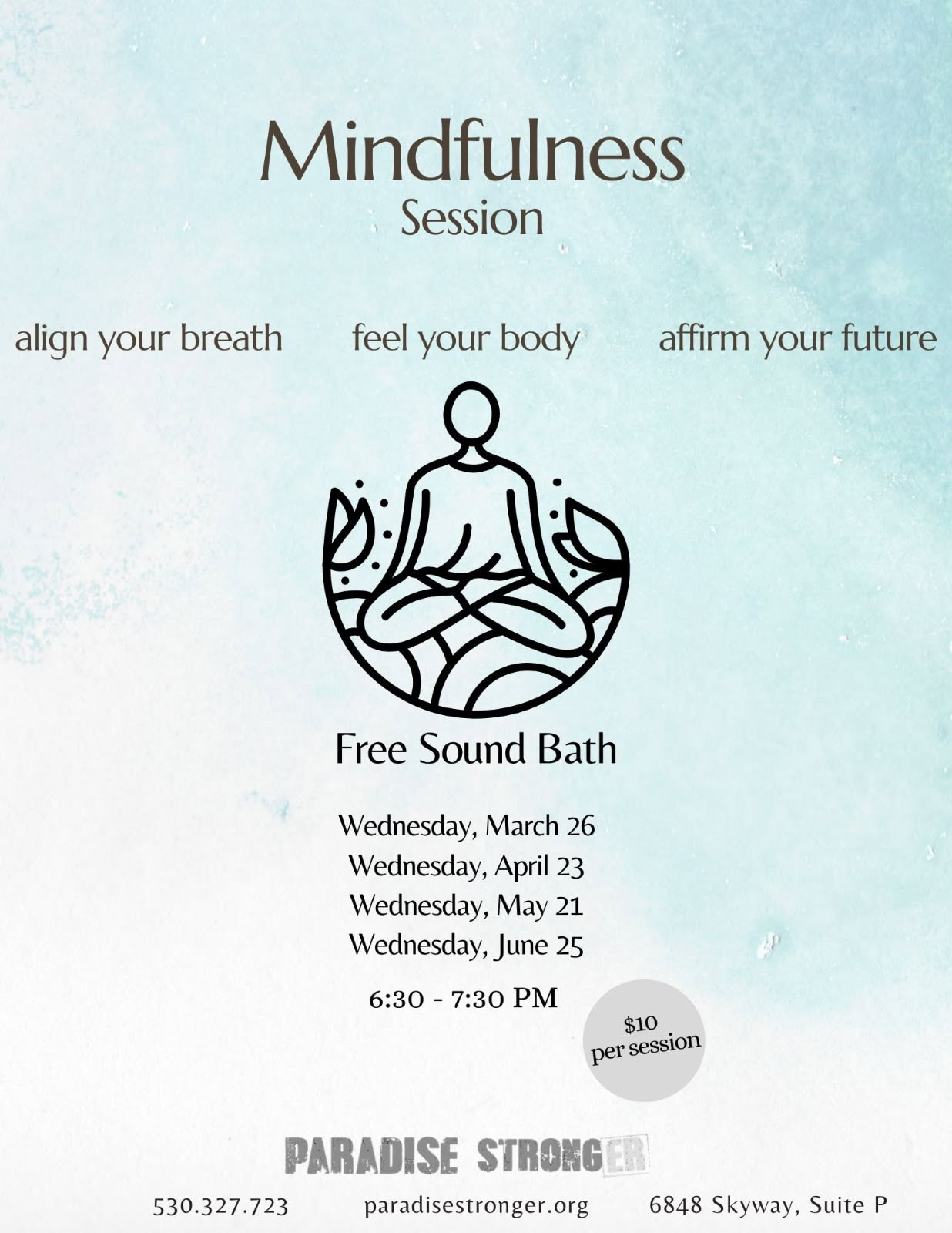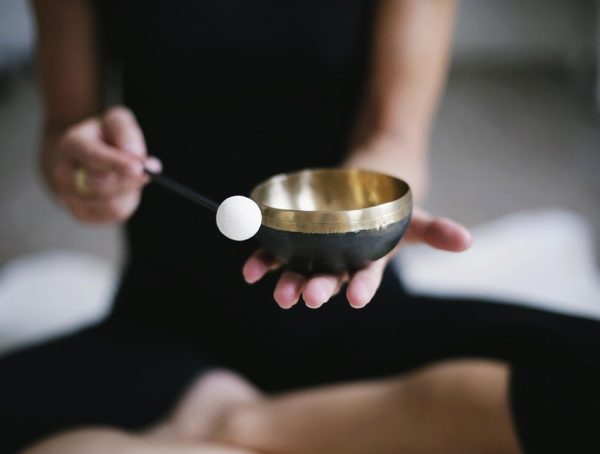Unlocking Calm: The Three Key Types of Meditation Explained
In today’s fast-paced world, the quest for a moment of calm can feel elusive. Whether you’re juggling work commitments, family responsibilities, or social engagements, the pressures of modern life can take a toll on our mental and emotional well-being. Enter meditation—the powerful practice that has helped countless individuals cultivate inner peace and mindfulness. But with numerous techniques available, how do you choose the right one for you? Let’s explore the three key types of meditation and provide actionable steps to help you unlock calm in your life.
1. Mindfulness Meditation
What it is:
Mindfulness meditation involves paying attention to the present moment, observing your thoughts and feelings without judgment. This practice enhances awareness and encourages acceptance, helping you cultivate a sense of calm amidst life’s chaos.
How to Practice:
- Find a Quiet Space: Choose a location free of distractions where you can sit comfortably.
- Set a Timer: Start with just five minutes, gradually increasing the duration as you become more comfortable.
- Focus on Your Breath: Close your eyes and bring your attention to your breath. Inhale deeply through your nose, hold for a moment, and exhale slowly through your mouth. Notice the rise and fall of your chest.
- Observe Your Thoughts: As thoughts and feelings arise, acknowledge them without judgment and gently bring your focus back to your breath.
Action Steps:
- Practice Daily: Set a reminder to meditate at the same time each day—morning or evening works best for many.
- Use an App: Consider apps like Headspace or Calm that offer guided mindfulness meditations to get you started.
- Journal Your Experience: After each session, jot down how you felt, what thoughts came up, and how mindfulness impacted your day.
2. Loving-Kindness Meditation (Metta)
What it is:
Loving-kindness meditation, also known as Metta meditation, focuses on developing an attitude of love and compassion towards oneself and others. This type of meditation promotes emotional healing and positivity, fostering feelings of connectedness.
How to Practice:
- Sit Comfortably: Find a quiet place and sit in a relaxed posture.
- Begin with Yourself: Silently repeat phrases that emphasize love and kindness to yourself, such as “May I be happy, may I be healthy, may I be safe, may I live with ease.”
- Extend Your Kindness: Gradually expand your focus to include loved ones, acquaintances, and even those you may struggle to get along with, repeating similar phrases for each.
Action Steps:
- Create a Loving-Kindness Ritual: Incorporate this meditation into your morning routine to start your day with positivity.
- Use Visualization: Visualize someone you love while practicing, and imagine sending them warmth and kindness.
- Share Kindness: After your meditation, perform a small act of kindness during the day, amplifying the loving energy you cultivated.
3. Transcendental Meditation (TM)
What it is:
Transcendental Meditation is a specific form of silent meditation where a mantra is used to promote a deep state of relaxation and transcendence. Practicing TM can lead to reduced stress and enhanced creativity, making it a popular choice for many people.
How to Practice:
- Find a Comfortable Position: Sit comfortably in a chair with your feet flat on the ground or cross-legged if you prefer.
- Silently Repeat a Mantra: Choose a mantra (a simple sound or word) to repeat silently in your mind. Focus solely on the mantra, allowing it to guide you into a calm state.
- Allow Thoughts to Come and Go: If distractions arise, acknowledge them without engaging and gently return your focus to your mantra.
Action Steps:
- Enroll in a TM Course: While TM can be practiced independently, attending a course led by a certified instructor can enhance your experience and understanding.
- Dedicate Time for Practice: Aim for 20 minutes, morning and evening, to experience the full benefits of this meditation.
- Create a Cozy Space: Set up a specific area in your home dedicated to your meditation practice, making it inviting and calming.
Embracing the Calm
Finding the meditation style that resonates most with you can transform your life. Whether you lean towards mindfulness, loving-kindness, or transcendental meditation, embracing these practices can help you cultivate resilience, peace, and well-being. Remember, the journey of meditation is personal and flexible; be patient with yourself as you find your flow.
Final Thoughts
As you delve into the world of meditation, keep in mind that every moment spent cultivating mindfulness is an investment in your well-being. Embrace the process, and may it lead you to a deeper connection with yourself and the world around you.
“The mind is everything. What you think, you become.” – Buddha
For more insights, motivation, and wellness tips, be sure to follow Kevin on Instagram @KSteineman!
You might also like
More from Meditation
The Role of Mantras in Transcendental Meditation: A Deep Dive
The Role of Mantras in Transcendental Meditation: A Deep Dive Transcendental Meditation (TM) has garnered a significant following across the globe, …
The Science Behind Meditation: Improving Mental Health Naturally
The Science Behind Meditation: Improving Mental Health Naturally In today's fast-paced world, the pursuit of mental wellness has become paramount. Thousands …
Understanding the 7 Types of Meditation for Beginners
Understanding the 7 Types of Meditation for Beginners: A Path to Inner Peace Meditation has become a popular practice in recent …


































